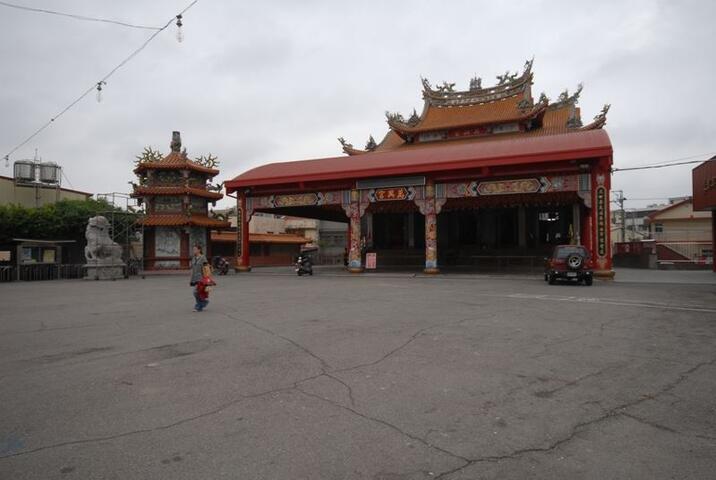Shekou Wanjing Temple Introduction
The temple was built during the Yongzheng period of the Qing Dynasty, nearly three hundred years ago, with a long history. In the ninth year of Yongzheng, during the Dajia Western Society indigenous uprising, the chief officer Pan Dunzi led his sons Shi Wan and Shi Xing, along with interpreter Zhang Dajing, to successfully suppress the uprising. In the eleventh year of Yongzheng, Zhang Dajing, along with Shi Wan and Shi Xing, went to the capital to receive awards and were granted dragon robes (which are still preserved by the Zhang family). Upon returning to Taiwan, they, feeling grateful for the blessings of the Holy Mother, specially visited Meizhou Tianhou Temple to invite the divine spirit of the Heavenly Holy Mother, and enshrined her at the southern Wa Zhan Jiao in Shenkang. (The site was named Wa Zhan Jiao because of the kiln built to produce glazed tiles and bricks needed for constructing the temple). Later, due to poor geography, the temple was moved to its current location. The origin of Wanjing Palace is said to be derived from Shi Wan and Shi Xing, and the Shenkang location was formerly the entrance and exit for the Dajia amnesty, which the Han people referred to as Wanjing Village after their settlement. Sources: Taichung Shenkang Shenkou Wanjing Palace





















